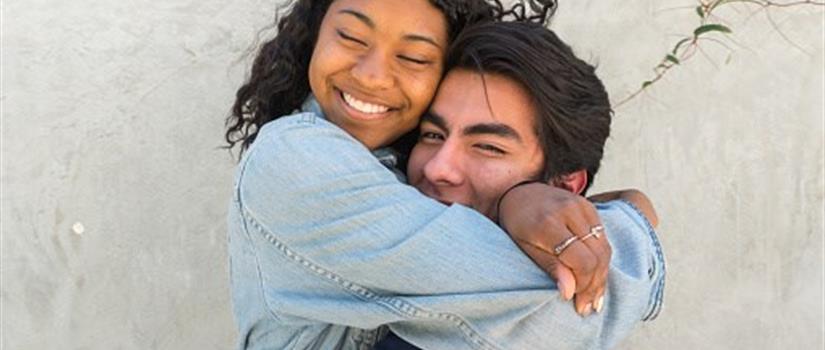Sexual Experience and Use of SRH Services
Receiving sexual and reproductive health (SRH) services from a doctor or clinic differed greatly by the sexual experiences of program participants. Of the 2,093 youth who reported information about their sexual history at program entry, only 9% of those who had never had sex, versus 45% of those who had ever had sex, reported ever receiving SRH services (Figure 4). This figure shows the types of services received by youth who reported ever having sexual intercourse.
24%
Percentage of participants who reported ever having vaginal and/or anal sexual intercourse.

Effectiveness of ASH Programs

Knowledge About SRH and SRH Services
I&E participants surveyed at program entry and exit showed an increase in knowledge about SRH topics and services (Figure 5). Notably, 34% more participants answered the HIV/AIDS knowledge question correctly at program exit than entry. Participants’ knowledge about SRH services also increased from program entry to exit: 37% more participants knew that services are free, 34% more understood that services are confidential and 30% more knew that they have the right to receive SRH services without parental permission.
Figure 5: Percentage of participants who answered the knowledge about sexual and reproductive health and services questions correctly at entry and exit (n=1,178)3
Participant Perceptions
Overall, survey participants reported positive perceptions of the I&E program, including that they felt respected as a person in the program (88%), thought the materials were clear (86%), did not feel picked on, bullied or teased (85%), and thought that the program activities or discussions helped them learn (84%). Over 2/3 of participants reported they had a chance to ask questions (71%) and that they were interested in the program (69%).
Summary
Young people who are knowledgeable about their sexual and reproductive health and well-being are less likely to have unintended pregnancy, sexually transmitted infections and healthier relationships. Through I&E, program participants are empowered to make informed decisions regarding their sexual and reproductive health. Information presented here shows that I&E is reaching youth with higher-needs in a wide variety of settings throughout California, that participants reported high satisfaction with the program and that the program is effective for improving participants’ knowledge about SRH topics and services.
-
90 participants did not provide their age. 121 participants did not provide their race/ethnicity.
-
Among youth surveyed, 38 did not respond about sexual intercourse. Of those reporting sex, 41 did not respond about SRH service use.
-
All changes between entry and exit are significant (p < .05). There were 15 to 54 missing responses for each question.